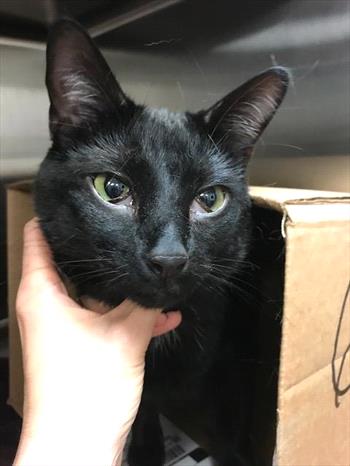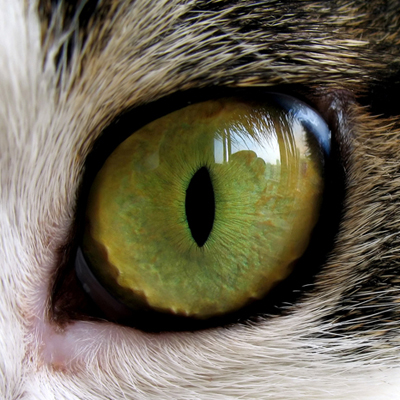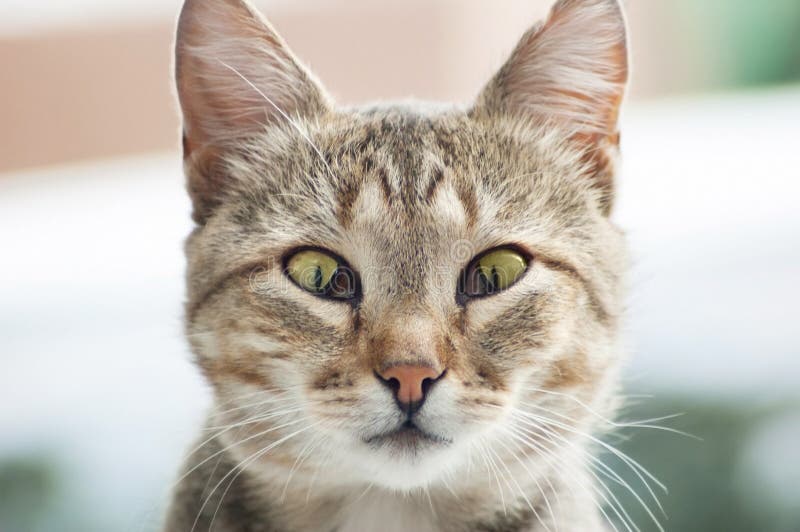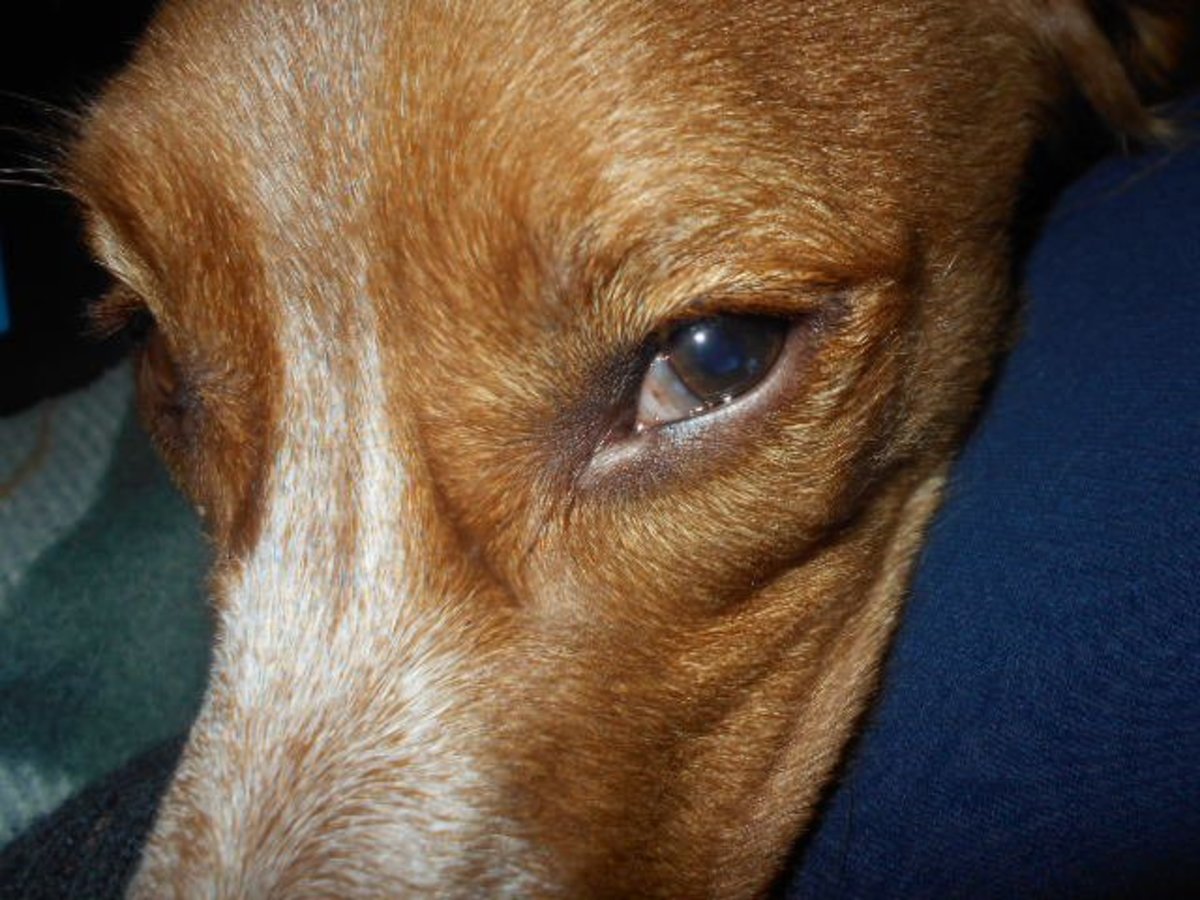Bilateral Third Eyelid Protrusion

The third eyelid te is usually retracted beneath the eyelids and barely noticeable.
Bilateral third eyelid protrusion. This is a bilateral condition which may be an indication of mediastinal masses thymomas or a cardiac disease. The most noticeable ophthalmic eye sign is bilateral protrusion of the third eyelids. Bilateral third eyelid protrusion occuring in both eyes tends to affect cats less than 3 years old and is usually caused by an intestinal problem. Hyperplasia or cellular infiltration of the harderian gland may also cause nictitans prolapse which is usually unilateral.
Fortunately tetanus is uncommon in the dog. How the virus causes diarrhea or third eyelid protrusion is unknown. Prolapse or protrusion of the third eyelid is a common presentation. In rabbits the third eyelid may be protruding due to orbital venous congestion or backpressure.
Horner s syndrome another neurologic condition can also cause third eyelid protrusion. The third eyelid passively protrudes any time the eyeball is actively retracted by contractions of the retractor bulbi muscle vi or the rectus muscles iii vi. Tranquilization with certain medications can result in bilateral te protrusion. Bilateral protrusion is usually caused by decreased orbital mass e g dehydration or cachexia causing enophthalmos.
Systemic causes of protrusion of the third eyelid include the following. Cherry eye is common in persian and burmese cats. It has been assumed that the third eyelid protrusion is caused by a dysfunction of the sympathetic innervation to the third eyelid which when functioning causes the third eyelid to be in the normal retracted position. This condition is called cherry eye which is rare in cats.
Instead of seeing the third eyelid itself you may see its tear gland protruding. The third eyelid membrana nictitans may protrude for a number of reasons. In all animals this protrusion is a passive event. The third eyelid has its own tear gland.

















